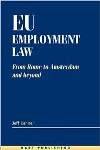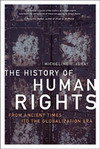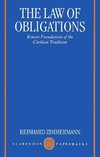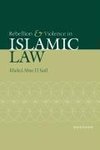
Crimes against humanity
Source: Wikipedia. Pages: 102. Chapters: Slavery, Nuremberg Trials, Torture, Murder, Crime against humanity, Rome Statute of the International Criminal Court, Nacht und Nebel, Sexual slavery, International Military Tribunal for the Far East, Srebrenica massacre,... Viac o knihe
Produkt je dočasne nedostupný
23.67 €
bežná cena: 26.90 €
O knihe
Source: Wikipedia. Pages: 102. Chapters: Slavery, Nuremberg Trials, Torture, Murder, Crime against humanity, Rome Statute of the International Criminal Court, Nacht und Nebel, Sexual slavery, International Military Tribunal for the Far East, Srebrenica massacre, Human trafficking, Forced disappearance, Forced prostitution, Writs of Amparo and Habeas Data, Crime of apartheid, American food policy in occupied Germany, Native American boarding schools, Nuremberg Principles, Operation Priboi, Slave breeding in the United States, London Charter of the International Military Tribunal, Treblinka trials, Death march, Yesilyurt Feces Case, Prisoner, Nanjing War Crimes Tribunal, Khaibakh massacre. Excerpt: The Srebrenica massacre, also known as the Srebrenica genocide, refers to the July 1995 killing of more than 8,000 Bosniak men and boys, in and around the town of Srebrenica in Bosnia and Herzegovina, by units of the Army of Republika Srpska (VRS) under the command of General Ratko Mladic during the Bosnian War. A paramilitary unit from Serbia known as the Scorpions, officially part of the Serbian Interior Ministry until 1991, participated in the massacre. It is alleged that foreign volunteers including the Greek Volunteer Guard also participated. The forcible transfer of between 25,000 to 30,000 Bosniak women, children and elderly which accompanied the massacre was found by the ICTY to be evidence of the genocidal intent of members of the VRS Main Staff who orchestrated the massacre. In April 1993 the United Nations had declared the besieged enclave of Srebrenica in the Drina Valley of north-eastern Bosnia a "safe area" under UN protection. However in July 1995 the United Nations Protection Force (UNPROFOR), represented on the ground by a 400-strong contingent of Dutch peacekeepers, failed to prevent the town's capture by the VRS and the subsequent massacre. The Srebrenica massacre is the largest mass murder in Europe since World War II. In 2004, in a unanimous ruling on the "Prosecutor v. Krstic" case, the Appeals Chamber of the International Criminal Tribunal for the former Yugoslavia (ICTY), located in The Hague, ruled that the massacre of the enclave's male inhabitants constituted a crime of genocide. Theodor Meron, the presiding judge, stated: In February 2007 the International Court of Justice (ICJ) concurred with the ICTY judgement that the atrocities committed at Srebrenica constituted a genocide, stating: The ICJ ruled that neither Federal Republic of Yugoslavia nor modern Serbia is guilty of genocide, however it also ruled that Serbia "had violated the obligation to prevent genocide", and that Serbia was to cooperate fully with the ICTY including the tran
- Vydavateľstvo: Books LLC, Reference Series
- Formát: Paperback
- Jazyk:
- ISBN: 9781157707745

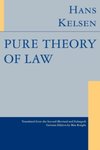
 Anglický jazyk
Anglický jazyk 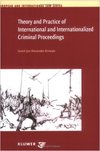

 Nemecký jazyk
Nemecký jazyk 
